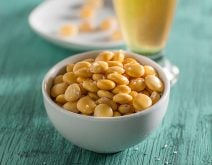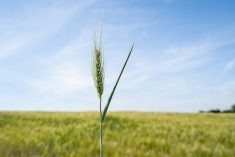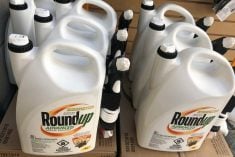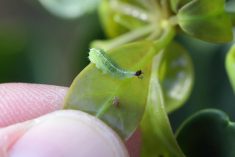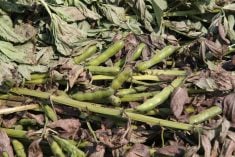Q: What steps can I take to reduce the risk of insect damage?
A: In the spring, the threat of insects may seem far off, but there are steps you can take at seeding time to reduce the risk of insect damage. Proactive measures are powerful tools to protect yield and reduce the amount of foliar insecticides applied in crop, saving time and money while preserving beneficial insect populations.
The first step of a well-rounded approach to insect management is to be aware of past insect issues and anticipate what problems could arise going forward.
Read Also
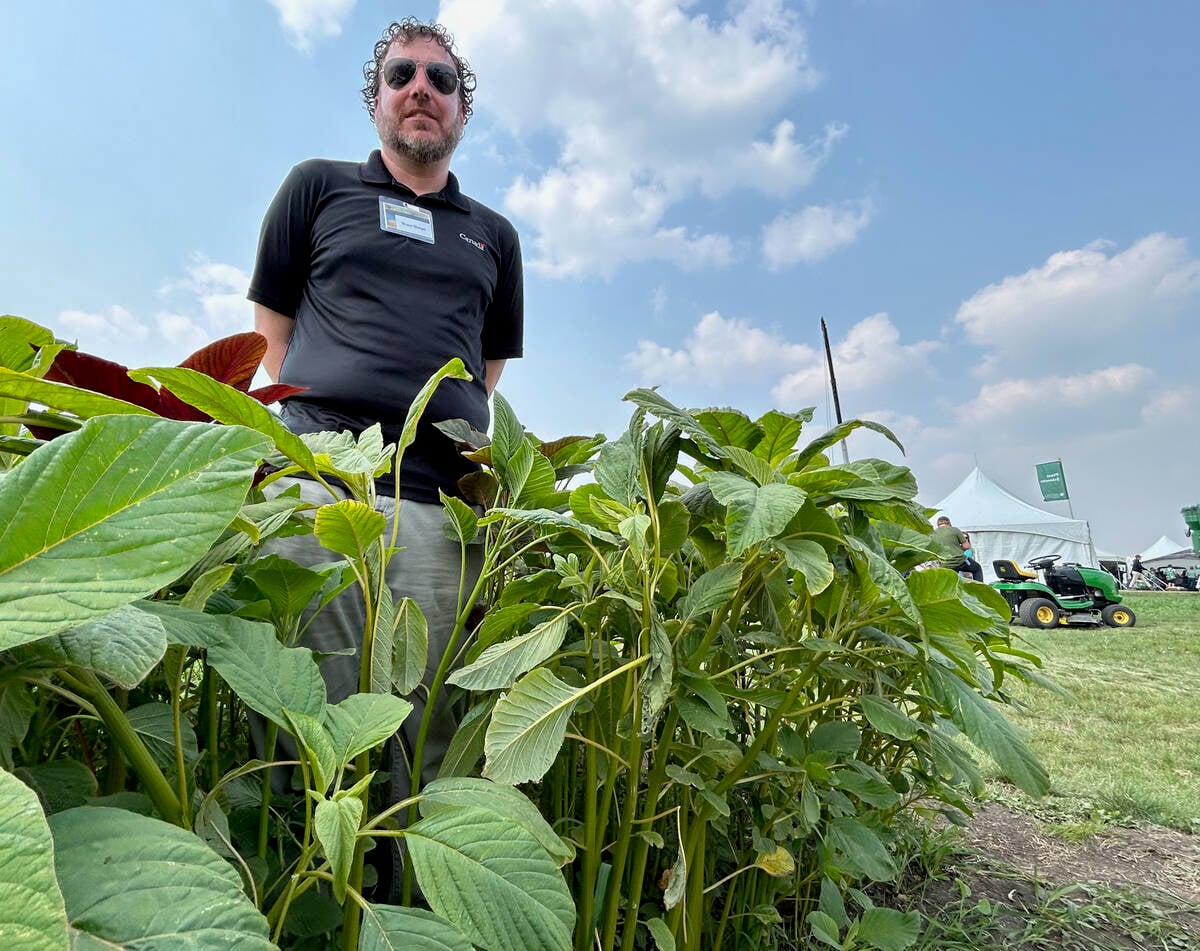
Glufosinate-resistant waterhemp appears in U.S. Midwest
News of glufosinate-resistant kochia in the U.S. is concerning as farmers are losing options to control waterhemp, also of the pigweed family.
Scouting or working with a trusted agronomist allow for insects to be correctly identified in season. While it is too late to act proactively once an issue is identified, having the information will be helpful to future seasons.
Next, ask yourself the following questions. If insect damage has been identified in the past, what were some of the factors that contributed to high levels of damage? Could changes to crop rotation, variety selection, seeding rate and seed treatments mitigate the issue?
Crop rotation provides many agronomic benefits and insect management is no exception. When the same crop is grown on the same field for multiple seasons in a row, populations of crop pest insects are allowed to build up with a constant availability of food and habitat. Growing non-host crops breaks this cycle.
In addition to crop rotation, varietal selection is a highly effective tool against insect damage. There are wheat varieties that provide protection from wheat midge and wheat stem sawfly. Corn hybrids are available with a trait to protect against corn borer. If these insects are known issues on your farm, selecting a resistant variety is an excellent option.
Once you’re ready to select a seeding rate, insect management should be taken into consideration along with other factors. For example, thinner plant stands are exacerbated by insect damage, leaving fewer healthy plants.
Damage from flea beetles and cutworms, which can remove entire plants, becomes more serious when there are fewer plants to begin with. For pests like wheat midge, having a full and uniform plant stand reduces the amount of time the crop is in a vulnerable stage and makes timing a foliar insecticide application simpler, if needed.
Lastly, choosing an insecticidal seed treatment provides protection from early-season insect pressure. Base canola seed treatments provide broad-spectrum insect control with add-on treatments available for enhanced activity on flea beetles and/or cutworms. For some insects like pea leaf weevil, insecticidal seed treatments are the only viable chemical control option — foliar insecticides are ineffective.
An integrated, proactive approach to insect management is often much more effective than a reactive strategy, but it does require planning ahead. Taking a few minutes before seeding gets too hectic to plan your insect management strategy for the coming season will pay dividends.
Stacie Yaremko, PAg, CCA, is the manager of agronomic solutions in the Peace Region of northern Alberta for Nutrien Ag Solutions.



